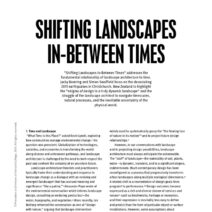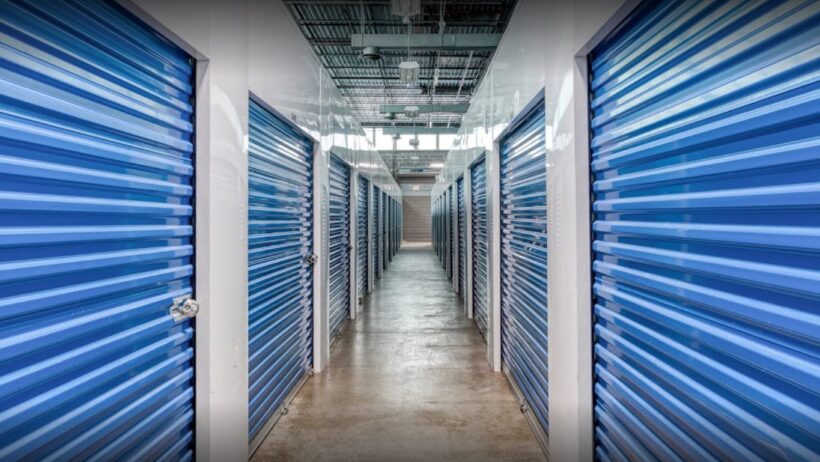In the grand tapestry of life, our belongings are often the threads that weave our memories together. From family heirlooms to seasonal decor, these possessions hold intrinsic value and meaning. However, when we face a need for extra storage—be it during a move, downsizing, or a temporary transition—one question often surfaces: Do you need a climate-controlled storage unit? Much like selecting a vessel for a fragile piece of art, one must carefully consider the conditions in which these treasured items will be housed.
Understanding Climate-Controlled Storage
At its core, climate-controlled storage is akin to a sanctuary for sensitive items, maintaining stable temperature and humidity levels. Traditional storage units typically lack this sophistication, exposing your belongings to the whims of changing seasons. Fluctuating temperatures can wreak havoc on certain materials, much like an uninvited storm ravaging a delicate garden. If your treasures are impervious to such conditions, a standard unit may suffice. However, the discerning individual must evaluate the needs of their possessions with due diligence.
A Quick Checklist: When to Consider a Climate-Controlled Unit
The decision-making process can benefit from a structured approach. Here is a comprehensive checklist to guide you:
- Evaluate Material Sensitivity: Certain materials are more susceptible to damage from environmental stressors. Wooden furniture, for instance, can warp or crack under extreme humidity or dryness. Meanwhile, electronic equipment may succumb to mold or mildew if not stored in a stable environment. Are your items precarious enough to necessitate the extra layer of protection?
- Assess Valuable Items: Similar to ensuring that fine wine is stored in the right conditions, valuables such as antiques, artwork, or collectibles demand proper climate control. The market value is not just a reflection of rarity; it’s also contingent upon preservation. Consider—would you risk leaving a priceless painting to the mercy of heat and moisture?
- Consider Seasonal Changes: In many regions, the changing seasons can be tumultuous. Extreme heat in summer can lead to overheating and damage. In contrast, frigid winters pose the risk of freezing conditions. Reflect on your local climate and the implications it may have on your stored items. Do you want to leave these valuables exposed to nature’s erratic temperament?
- Know Your Intentions: Are you storing these items for a short duration or an extended period? While a few days in traditional storage might not lead to significant damage, prolonged exposure can compound any risks. Should your storage needs extend into the unpredictable future, climate control may be a prudent investment.
- Understand Industry Standards: Different institutions have varying standards for what constitutes acceptable storage. If you’re storing items that require adherence to specific conditions, such as furniture for an antiques dealer or archive materials for a historian, know that climate-controlled options can mitigate the risk of violating these standards. How critical is it for you to meet professional expectations?
- Check for Pest Prevention: Certain pests thrive in unregulated environments, drawn to moisture and fluctuations in temperature. Climate-controlled environments can minimize the risk of infestations. Are your belongings at risk of becoming a meal for unwanted critters?
- Review Storage Features: When selecting a facility, assess additional features that complement climate control. Some storage companies incorporate airtight seals, dehumidifiers, and insulation to further protect items from damage. Are you attentive to the minutiae that can enhance your storage experience?
The Unique Appeal of Climate-Controlled Units
Imagine climate-controlled storage as a finely-tuned symphony, where the instruments—your belongings—are meticulously cared for to produce harmonious results. The environment in which they reside directly impacts their longevity and worth. Just as a maestro must orchestrate the right conditions for each sound, so must you choose wisely for your possessions. In essence, opting for a climate-controlled unit offers not merely a storage solution but rather a holistic approach to preservation.
Weighing the Costs and Benefits
Just as in life, choices come with trade-offs. Climate-controlled storage typically incurs higher rental fees than standard options. However, when reflecting on the cost of replacing damaged items or losing valuable heirlooms, this expense may pale in comparison. Are you willing to risk your cherished memories for a few extra dollars, or is investing in preservation a wise financial decision?
Conclusion: Making an Informed Decision
In the illustrious journey of curating one’s life, storage emerges as a crucial juncture demanding thoughtful consideration. As items become an extension of our stories, understanding their needs facilitates sound decision-making. When confronted with the choice between standard and climate-controlled storage, refer to this checklist, weigh your options, and let the unique appeal of preservation guide you towards a decision that will honor your belongings for years to come. Just as a gardener tends to their flora with love and care, so too will you tend to your possessions, ensuring they remain vibrant and secure in their storage haven.








